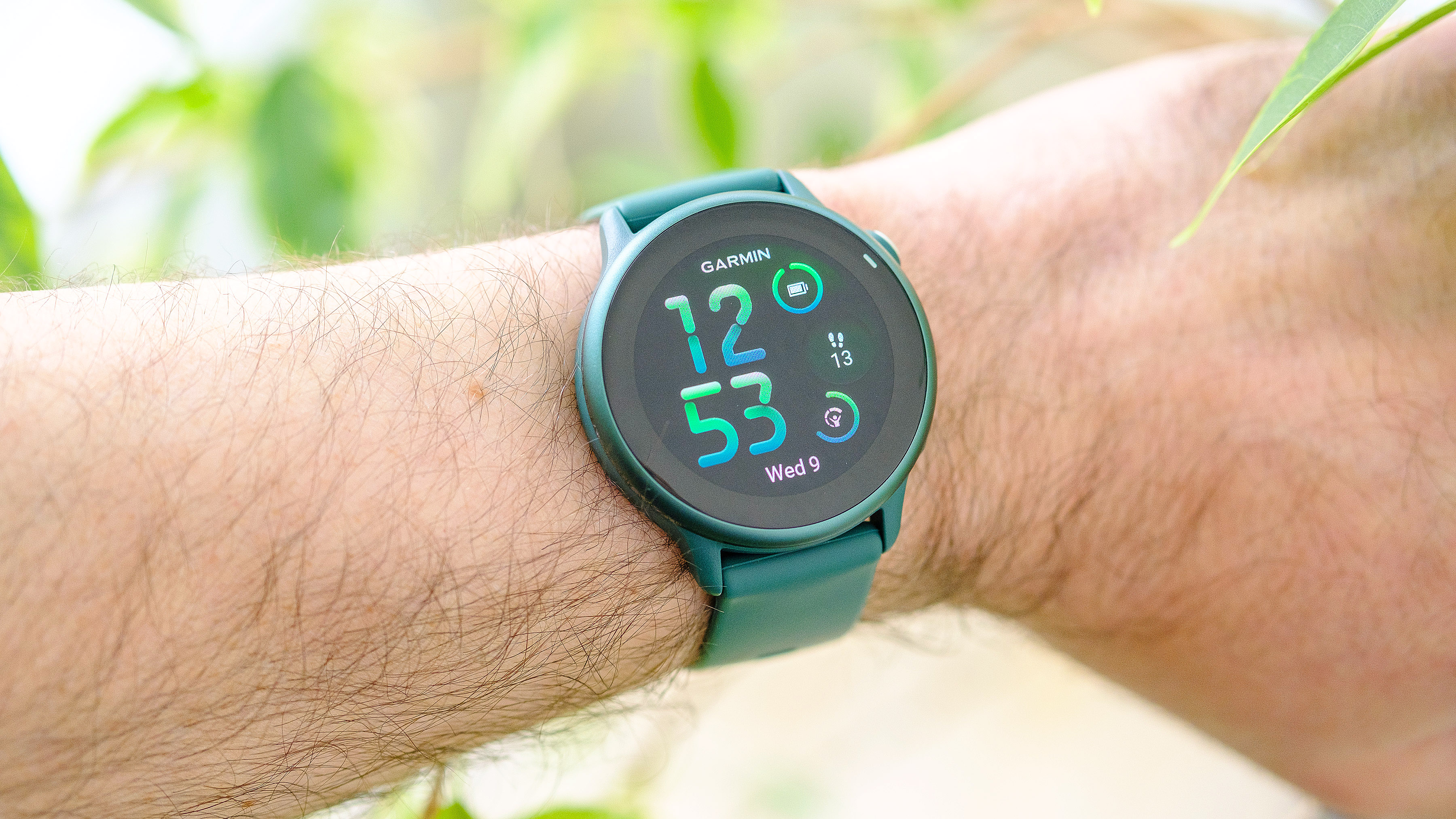Tom's Guide Verdict
The Garmin Vivoactive 6 is a competent and comfortable-wearing smartwatch for tracking fitness goals, monitoring sleep quality and keeping tabs on overall well-being. It doesn’t have all of Garmin’s most advanced training tools, but it does have useful metrics, including Garmin's Body Battery and Morning Reports. Plus, the Vivoactive 6 is loaded with safety features, like shareable links for real-time tracking, and a handful of ‘smart’ features, including onboard music storage and NFC for mobile payments. Battery life is easily good for a week. However, like most Garmin watches, third-party apps are lacking.
Pros
- +
Lightweight, attractive design
- +
Battery lasts over a week
- +
Onboard storage for music on the go
- +
Useful safety tools
- +
NFC payments
- +
Impressive sleep insights
- +
Lots of fitness training and recovery tools
Cons
- -
Slightly inconsistent elevation data; no onboard altimeter
- -
Limited third-party apps and smart features
- -
New Smart Alarm feature needs fine-tuning
- -
Walking workout suggestions aren’t that useful
Why you can trust Tom's Guide
I spent a month testing the Garmin Vivoactive 6, and it has nearly everything I want in a smartwatch, including a comfortable and easy-wearing design, practical smart, wellness and safety features, a week+ of battery life and some of Garmin's best fitness-tracking and training tools.
A modest update over the Vivoactive 5, the $299 Vivoactive 6 is built around the same 1.2-inch AMOLED touchscreen paired with two physical buttons. The case is now 2mm thinner, and the buttons have a new shape, but you'd be forgiven for not being able to tell the two apart.
Cosmetic changes may be few, but the Vivoactive 6 offers several notable under-the-hood improvements over its predecessor. Onboard storage has been doubled from 4GB to 8GB, so now you can save even more music from popular streaming platforms, like Spotify. The built-in GPS has been upgraded for improved precision, and a new gyroscope promises better movement tracking.
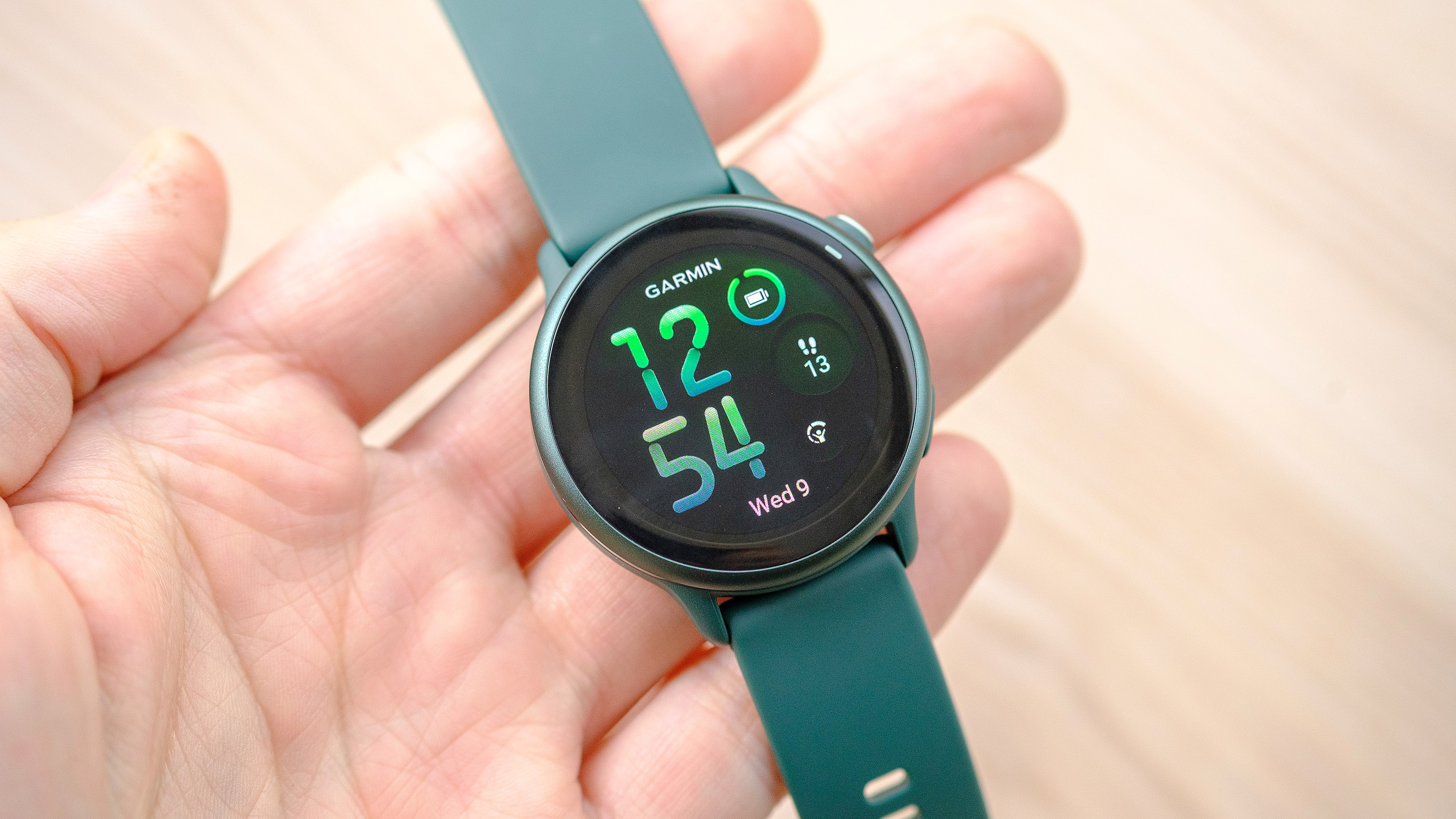
The Vivoactive 6 also gains a handful of high-end running-oriented training tools, like Running Dynamics and PacePro, in addition to optional daily walking workout suggestions.
A direct competitor to heavy-hitters like the Samsung Galaxy Watch 7 ($299) and Apple Watch SE ($249) — two of the best smartwatch models available today — the Garmin Vivoactive 6 may not have the same vast third-party app selection and optional cellular connectivity, but it does offer several important advantages that might make it a better choice for you, including superior battery life.
Read on to learn what I liked and didn't like about the Garmin Vivoactive 6 during my month of testing, including impressions on design, durability, workout-tracking accuracy, sleep-tracking insights, wellness and training tools, smart features and safety chops.
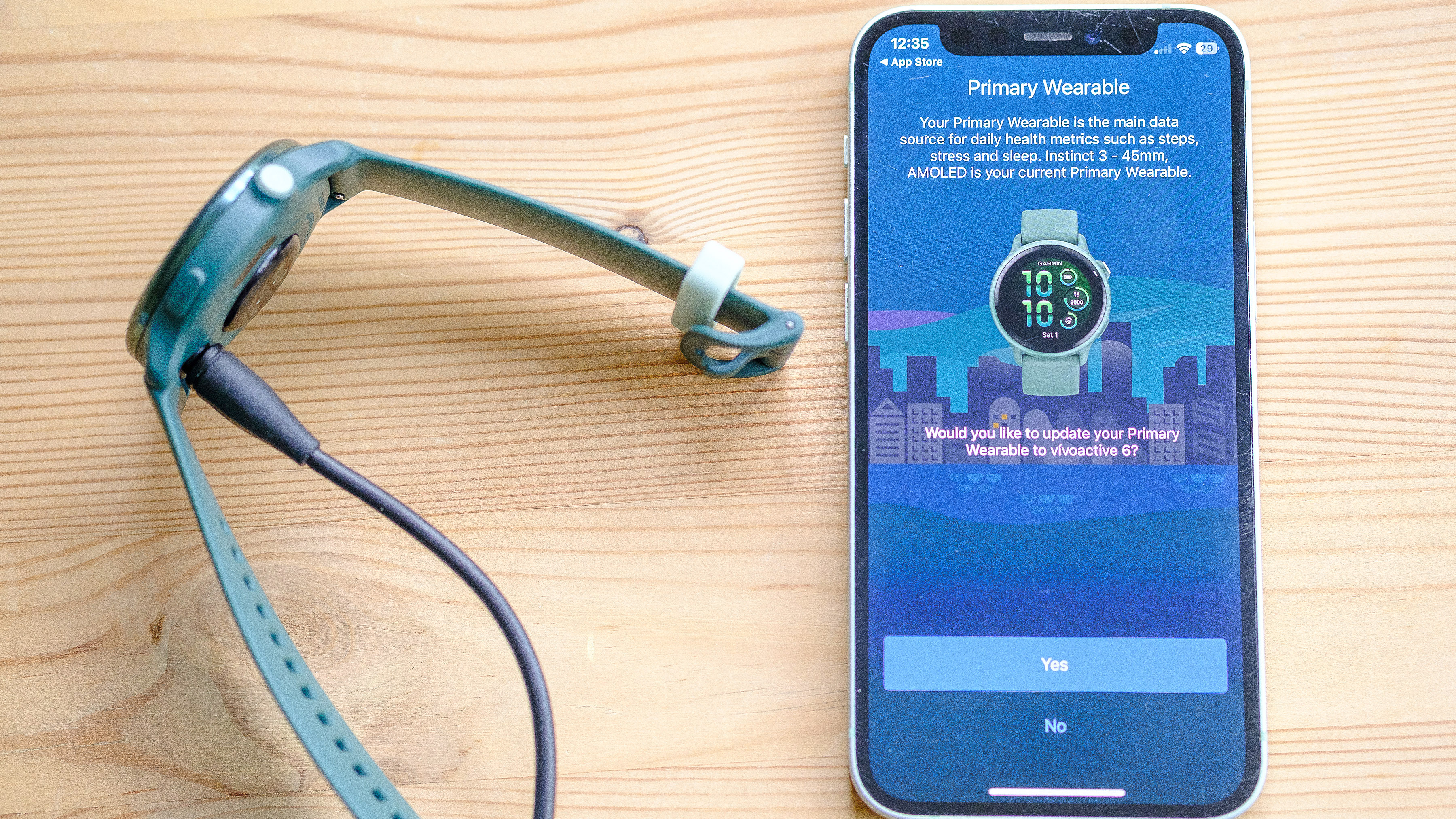
Garmin Vivoactive 6: Cheat sheet
- 1.2-inch AMOLED touchscreen (same as Vivoactive 5)
- Same comfortable 42mm case design with aluminum bezel as predecessor, but now 2mm thinner with redesigned buttons
- Upgraded GPS, new gyroscope for improved movement tracking
- Garmin's first device with sleep-cycle informed Smart Alarm function
- Onboard storage has doubled from 4GB to 8GB
- NFC for mobile payments
- New walking workout suggestions join strength training ones
- Tracks 80 workout types and has Garmin's useful Morning Report, Sleep Score, and Body Battery metrics
- No onboard ECG or skin temperature sensor
- Gains running features borrowed from higher-end models, including Running Dynamics, Running Power, PacePro and race time predictions; access to Garmin Coach
- Users can expect roughly a week of battery under normal use or 15 hours with constant GPS tracking (tested)
Garmin Vivoactive 6: Price an availability
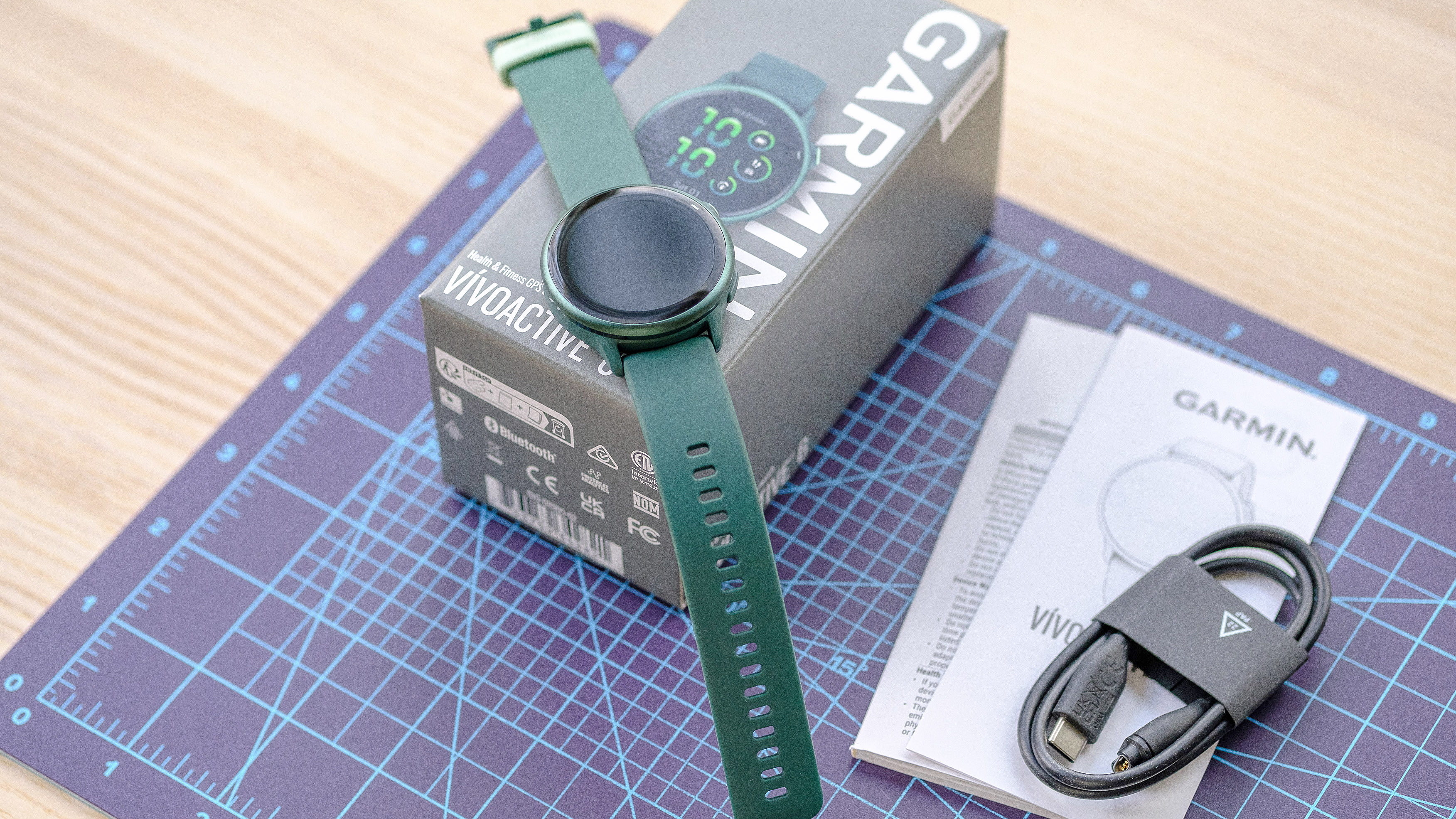
The Garmin Vivoactive 6 comes in one size, 42mm, and four colors, including Black/Slate, Bone/Lunar Gold, Pink Dawn and my favorite, Jasper Green (which I tested).
Get instant access to breaking news, the hottest reviews, great deals and helpful tips.
Available now, the $299 Vivoactive 6 can be purchased through Garmin directly or via major retailers, including Amazon and REI.
Garmin Vivoactive 6: Specs compared to competition
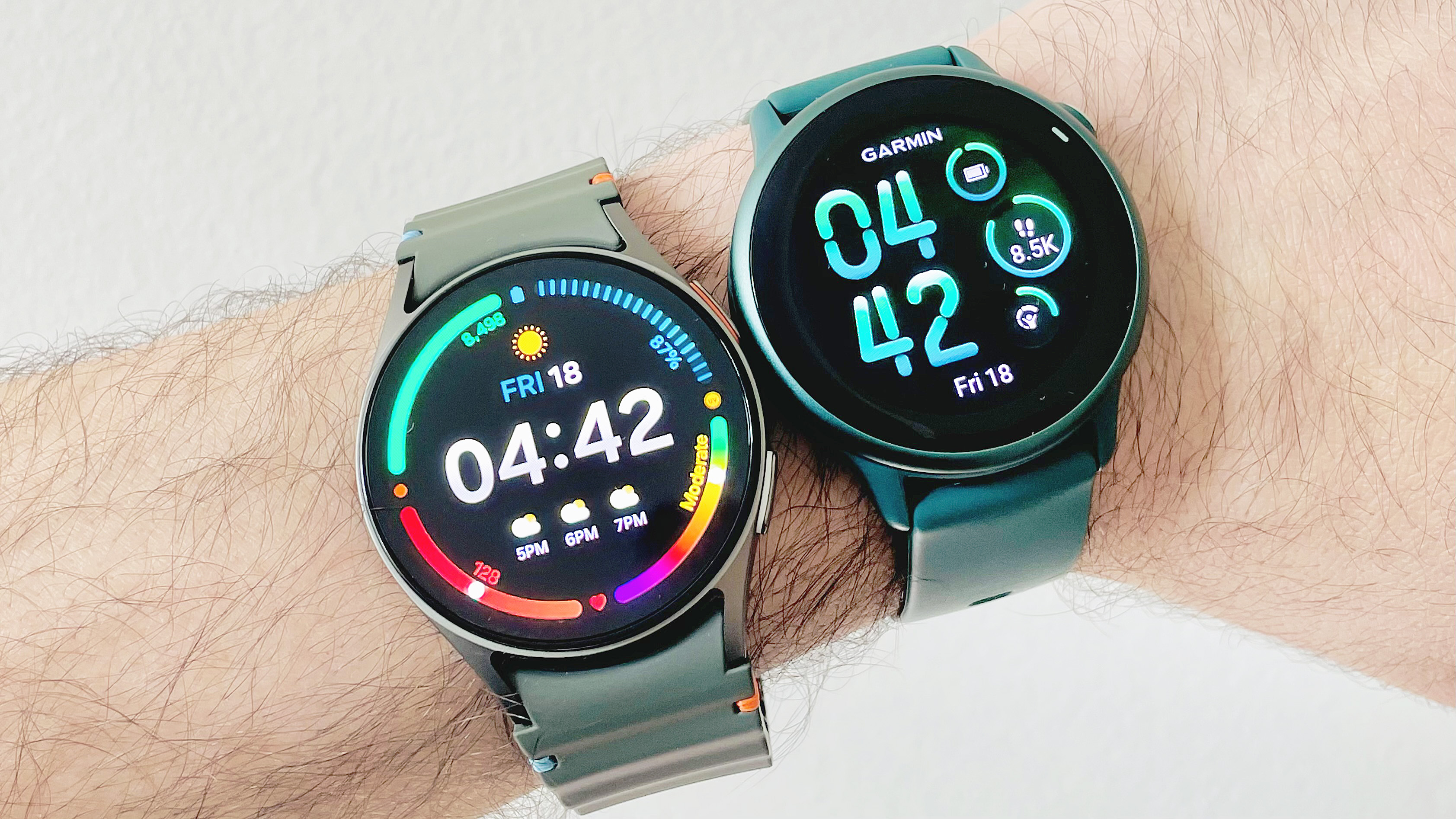
| Header Cell - Column 0 | Garmin Vivoactive 6 | Garmin Vivoactive 5 | Apple Watch SE (2022) | Samsung Galaxy Watch 7 |
|---|---|---|---|---|
Starting price | $299 | $299 | $249 | $299 |
Screen size and type | 1.2-inch AMOLED | 1.2-inch AMOLED | 1.57-inch (40mm), 1.78-inch (44mm) OLED | 1.3-inch (40mm), 1.5-inch (44mm) AMOLED |
Weight | 23 g | 23 g | 26 - 28 g (40mm), 33 g (44mm) | 29 g (40mm), 34 g (44mm) |
Battery life tested | 7 days | 7 days | 24 hours | 24 hours |
Waterproof rating | 50 meters | 50 meters | 50 meters | 50 meters |
GPS | Yes | Yes | Yes | Yes |
Altimeter | No | No | Yes | Yes |
Music storage | Yes | Yes | Yes | Yes |
NFC | Yes | Yes | Yes | Yes |
LTE | No | No | Optional | Optional |
Garmin Vivoactive 6: Design and comfort
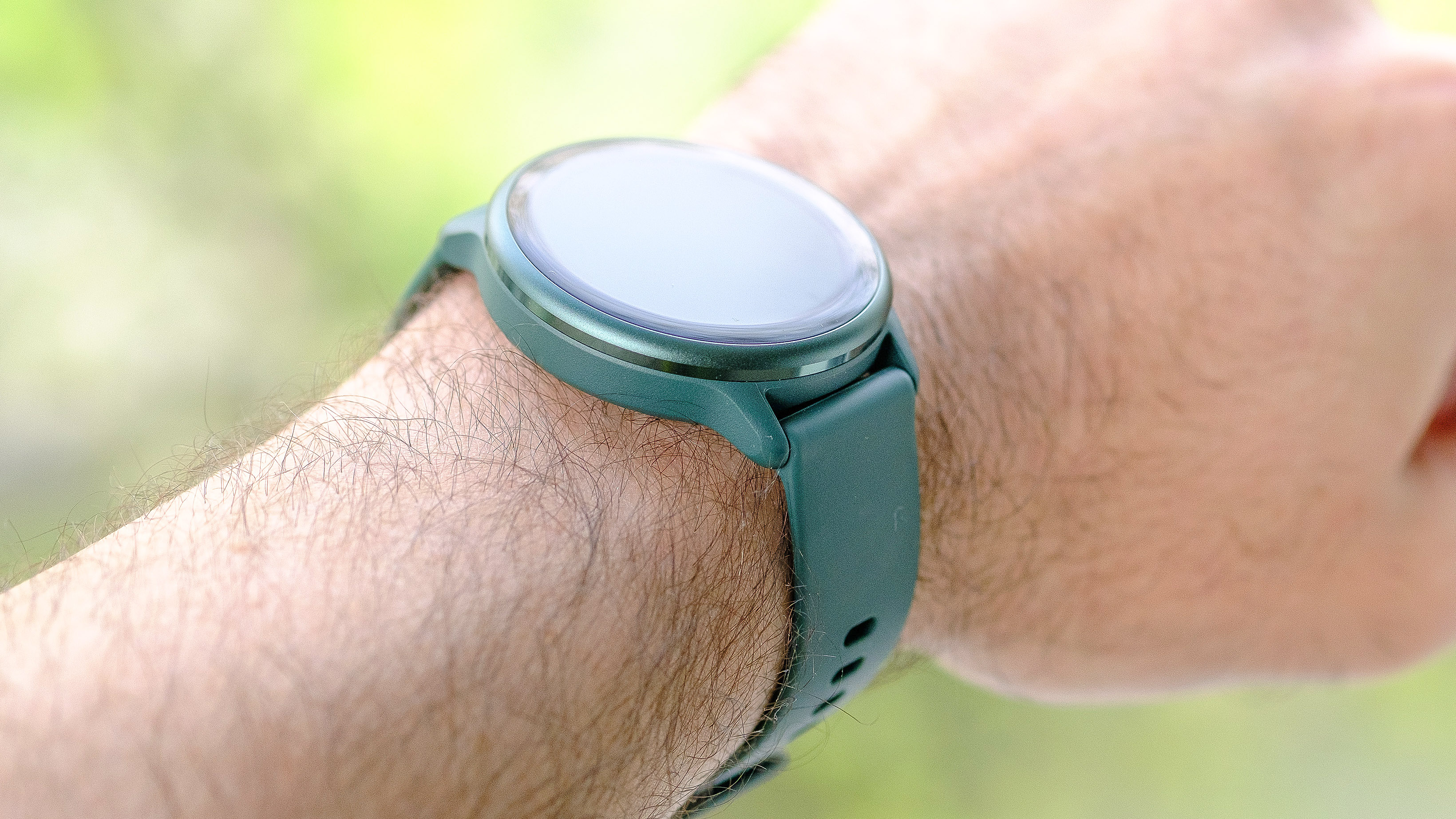
Little has changed design-wise from the Vivoactive 5 to the Vivoactive 6. The most notable improvement comes in the form of 2mm shaved off the case depth, but the weight, display and button layout all remain the same.
That said, the main (upper) button has a new shape, which should make it easier to distinguish the two. It also protrudes further out from the case than before, offering slightly improved tactile response versus the Vivoactive 5. The lower button, however, feels just as stiff as the old ones.
One of the aspects of the Vivoactive 6 I appreciate most is the device's manageable dimensions and weight. The case has a diameter of 42mm, a thickness of 10.9mm and a weight of just 23 g, which means that it should wear nicely on even the most slender wrists.
On my 6.5-inch wrist, the Vivoactive 6 feels comfier and less burdensome than the majority of smartwatches I've tested in recent memory. My go-to, the Apple Watch SE (2022) in 40mm, by comparison, is roughly the same thickness but is a full 10 g heavier.
Constructed primarily of "fiber-reinforced polymer"(aka, plastic), this helps keep both the case weight and cost down. Despite the general lack of metal in the design (minus some aluminum around the bezel), it feels well-constructed and looks premium.
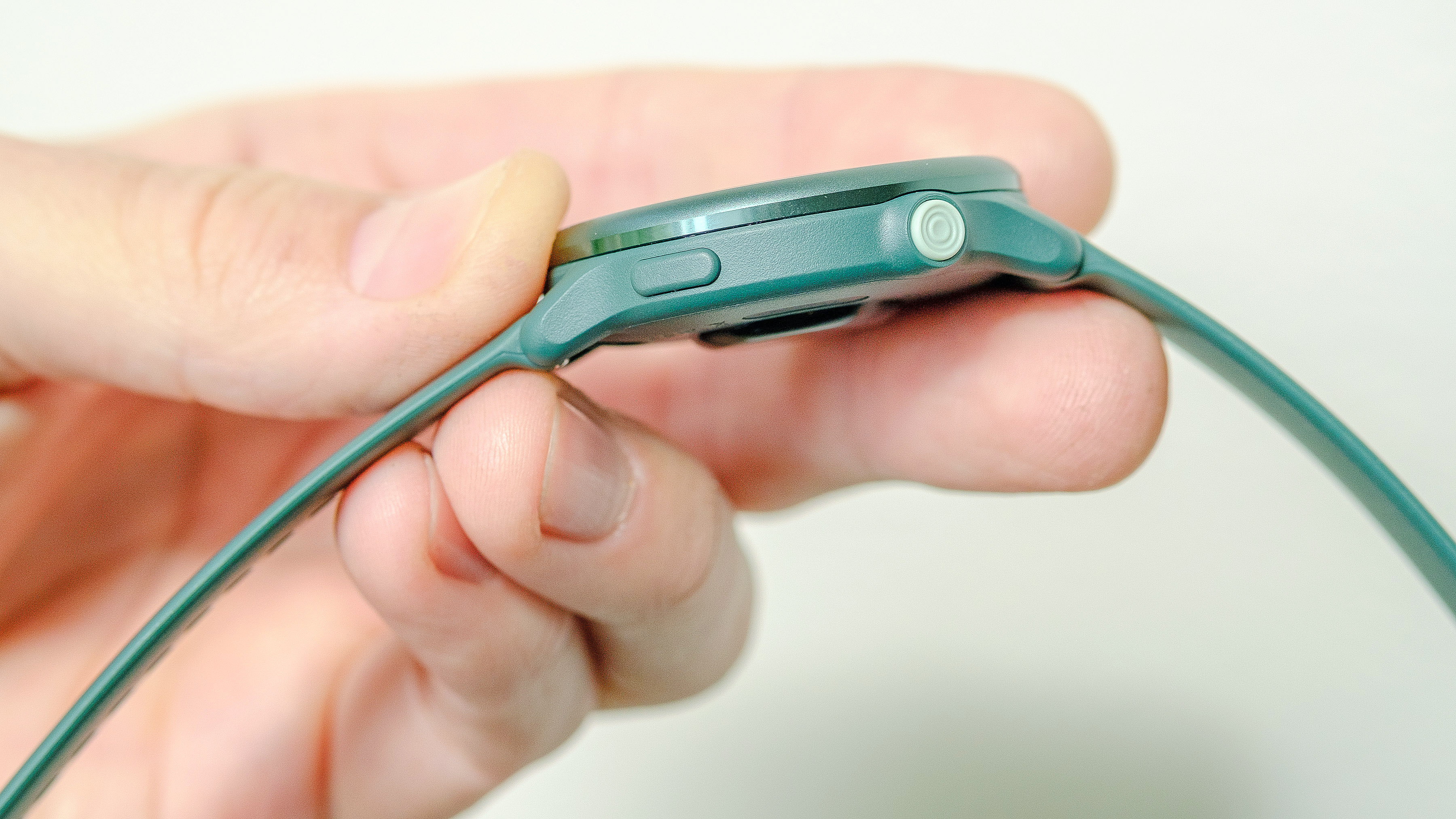
That said, I wish the aluminum bezel extended out further to actually protect the screen from bumps and abrasions. Instead, it's completely flush with the screen, a design decision I don't quite understand.
Then again, during my testing, the Vivoactive 6 held up remarkably to the wear and tear of daily life. The Gorilla Glass 3 protecting the respectably sized 1.2-inch AMOLED screen has naught a scratch nor a mark on it.
Speaking of which, I found the display well-saturated and reasonably bright. Garmin doesn't provide screen brightness specs, but from my experience, it's brighter than the Apple Watch SE (1,000 nits max brightness) but not as bright as the Galaxy Watch 7 (2,000 nits max brightness). Either way, I had no problem reading it in direct sunlight.
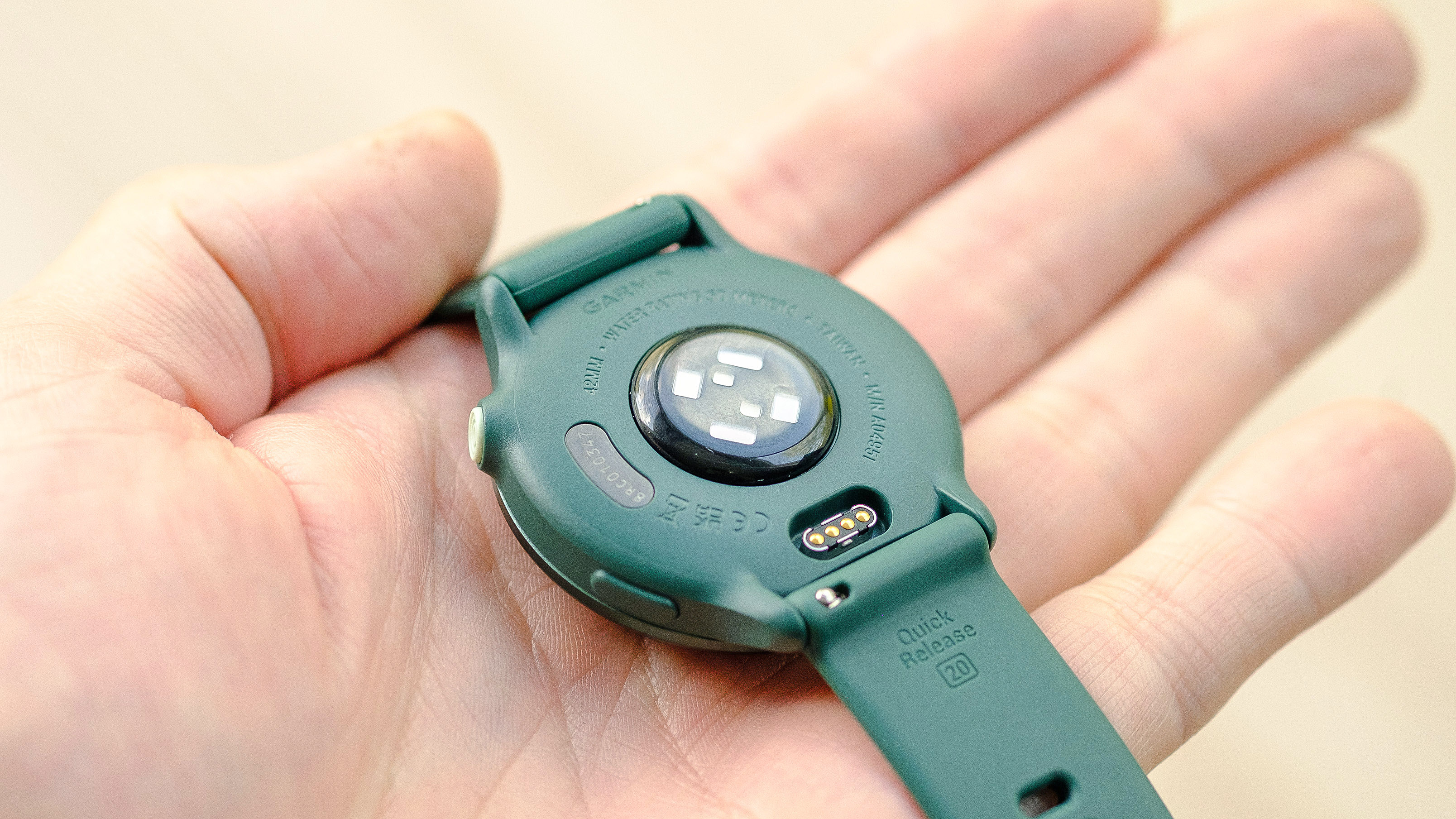
Setting up the Garmin Vivoactive 6 out-of-the-box was a breeze and took roughly 15 minutes. I had to update the (free) companion Garmin Connect app on my phone, a roughly 30-second affair, before pairing the device.
Users are presented with some basic questions when the first activate the device, including their wrist preference, basic fitness goals and height/weight/gender.
Once setup, the Vivoactive 6 immediately required a firmware update and restart — something that seems to be par for the course with any new wearable in 2025 — before it was ready roll.
Garmin Vivoactive 6: Fitness tracking
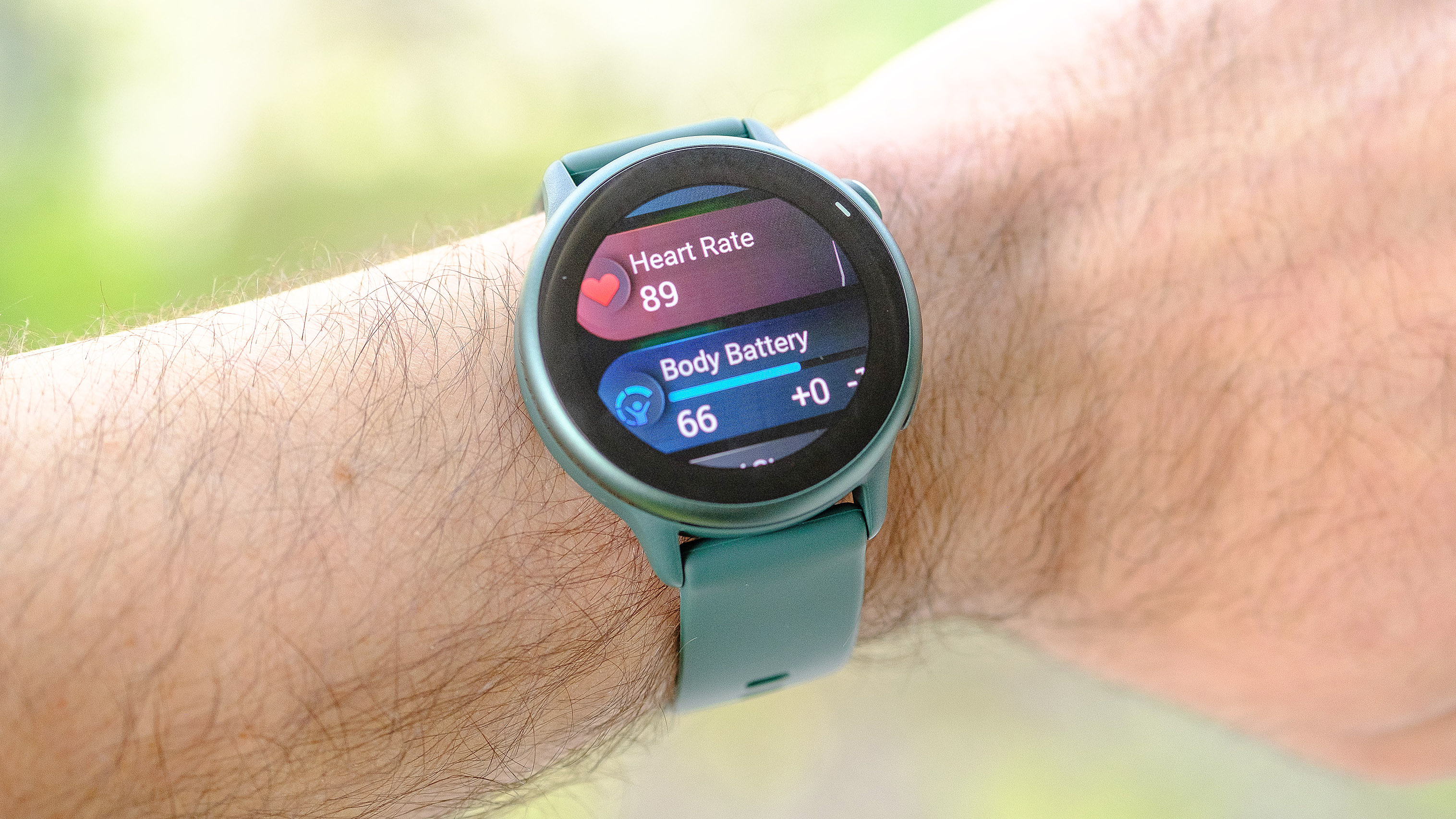
The Vivoactive 6 has a handful of high-end workout training features that you won't find on the Vivoactive 5, particularly for runners, like insights into running form and power, tools to help you keep a pace and even race time predictions.
There are also some new goodies for folks more keen on walking than running. In addition to strength training suggestions, the Vivoactive 6 can also recommend walking workouts. However, these didn't prove all that useful in my testing.
For example, on numerous occasions during my month of testing, it made the same suggestion: Take a brisk, steady-paced 25-minute walk, which is something I already tend to do on a near-daily basis.
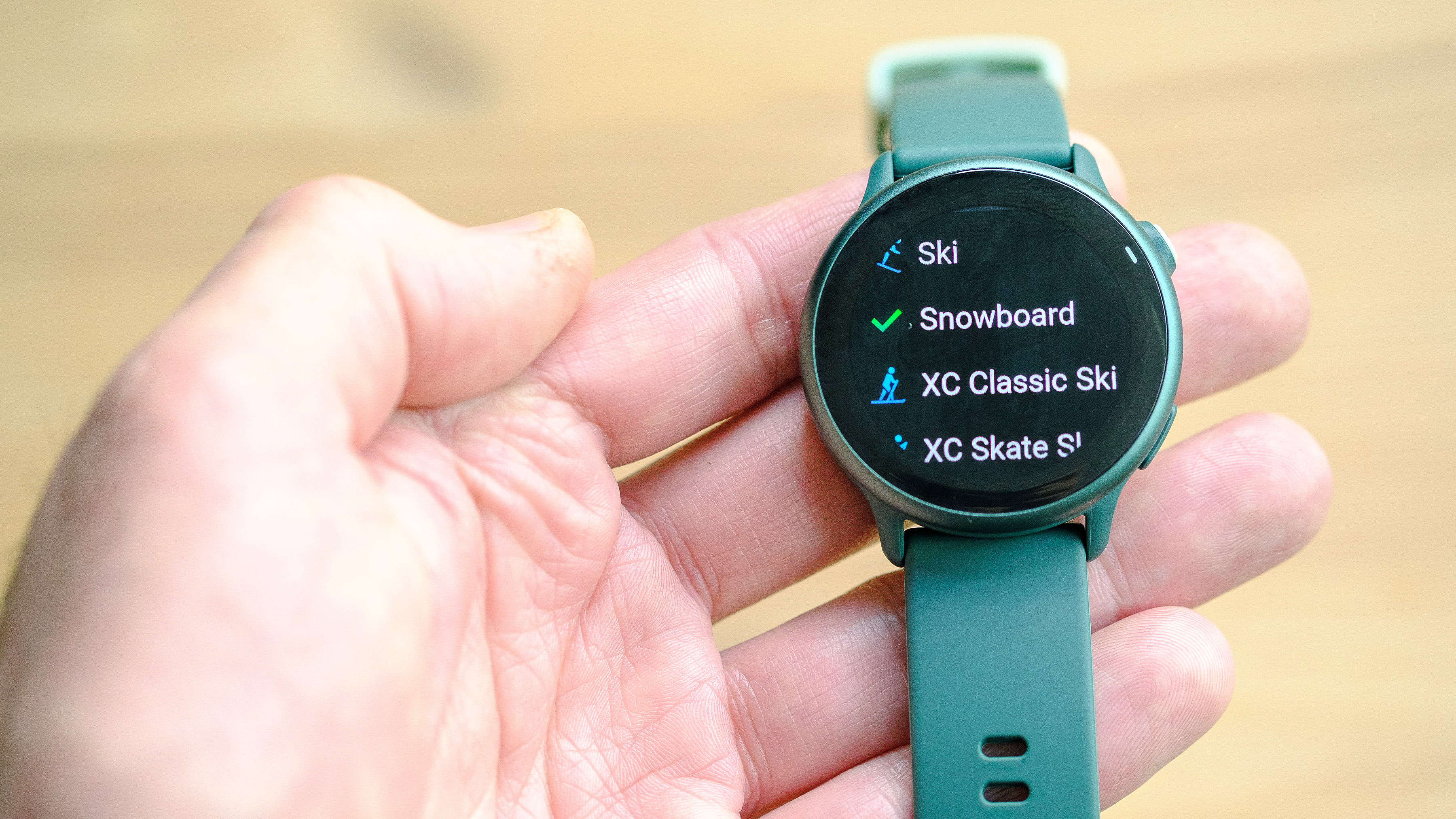
Similar to the Vivoactive 5, the Vivoactive 6 supports an enormous range of workout types (80 as of writing) and offers tons of tools to help you keep tabs on your goals and well-being. These include Garmin’s Body Battery metric, daily Morning Reports, access to Garmin Coach for advanced training insights and the ability to create custom workouts.
That said, unlike higher-end Garmins, it doesn't have all of the brand's workout tracking modes and there's no onboard ECG or skin temperature sensor on the Vivoactive 6. Still, for under $300, the device does monitor heart rate, stress, sleep quality, women’s health, blood oxygen and heart rate variability, all with impressive accuracy.
Still, despite lack of support for several nuanced workouts and complex multi-sport activities (like triathalons), I was pleased to discover that the Vivoactive 6 does support for many of my favorite activities, including snowboarding, kayaking and snorkeling.

I tested the Vivoactive 6's fitness-tracking accuracy while doing a variety of workouts, including hikes, bike rides and jogs. I also pitted it against some of the most accurate trackers we've reviewed to see how it compares.
It beat the Samsung Galaxy Watch 7 in a 6,500-step showdown, but lost (slightly) to the Apple Watch Series 10 in an 8,000-step battle. Overall, though, the Vivoactive 6 proved reliable in nearly every regard, from accurately measuring distance and step count to rock-solid heart-rate and pace data.
There is one exception, and that's elevation gain data. With no onboard altimeter to monitor elevation changes, the Vivoactive 6 instead uses its GPS, resulting in consistently lower-than-normal climb data in my testing. Against the Apple Watch SE, it undercounted by roughly 14 feet. While against the Galaxy Watch 7, it undercounted by a more significant 34 feet.
Garmin Vivoactive 6: Sleep tracking and Smart Alarm
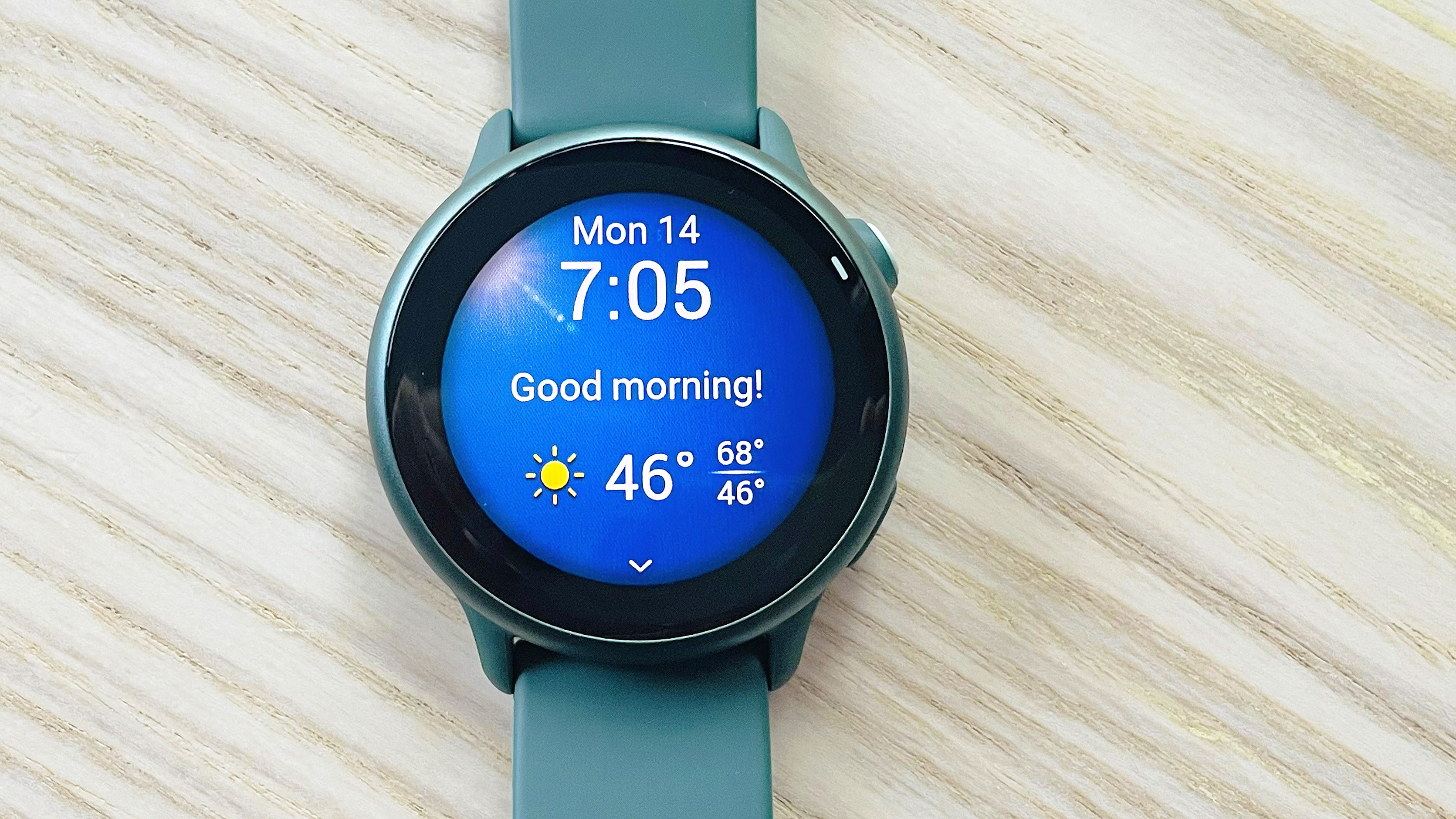
Garmin's approach to sleep tracking is solid. Not only do Garmin watches monitor a wide range of useful metrics, like heart rate variability and body movement while you snooze, but all the insights are presented in an easy-to-digest report upon wake-up. You also get a daily Sleep Score out of 100 and a Body Battery score (also out of 100) that reflects energy levels going into the day. The Vivoactive 6 can even detect midday naps.
And now the brand has a new sleep feature to help you wake up feeling more refreshed. Garmin's Smart Alarm — currently only available on the Vivosmart 6 but likely to make its way to other models via future firmware — works similarly to Fitbit's smart wake alarm, except you don't have to pay a monthly premium to access it. No, it's not one of those soon-to-be-paywalled Garmin Connect+ features (thankfully).
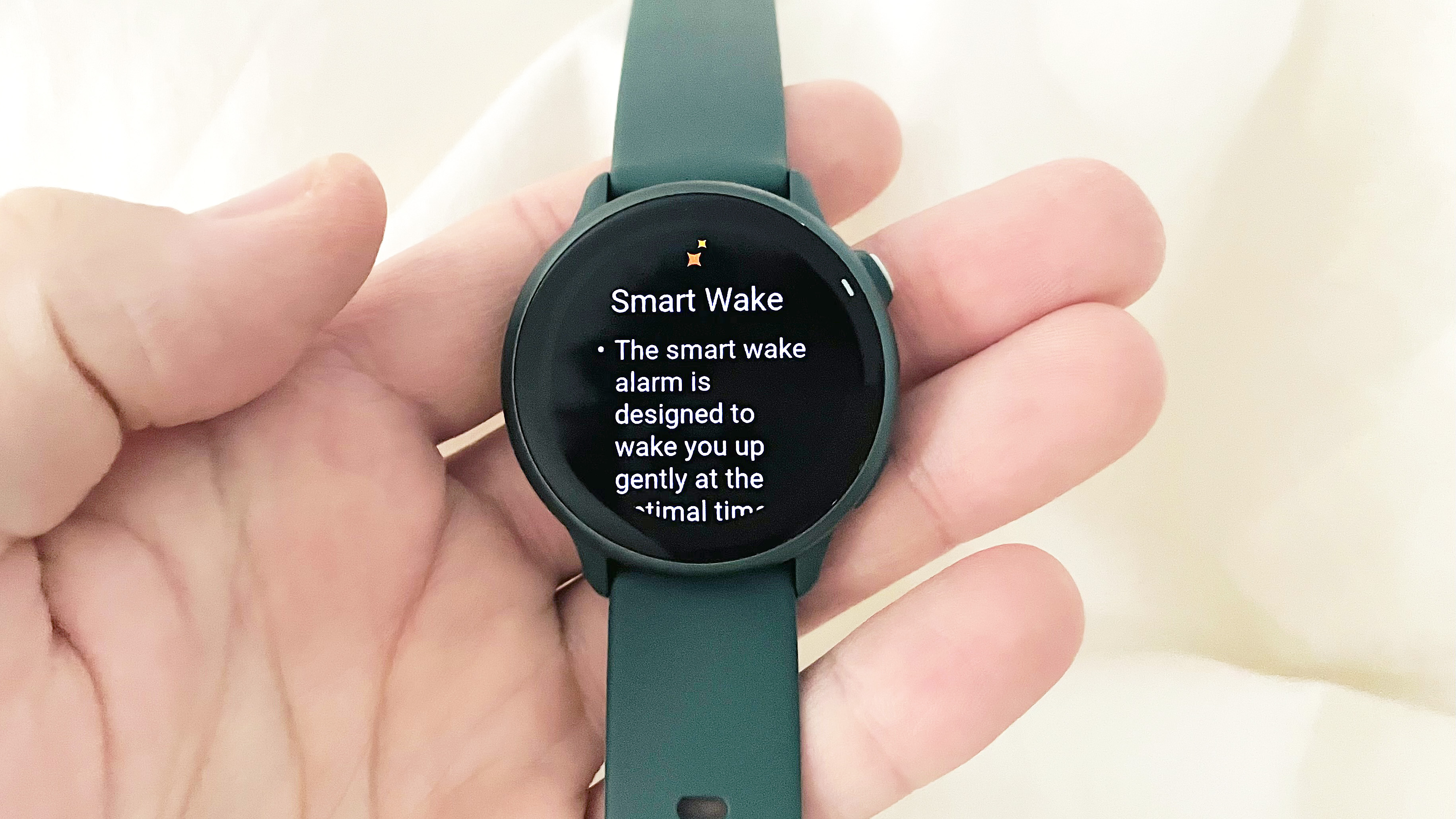
The idea is pretty simple. Users preselect a thirty-minute 'wake-up window' and the watch does the rest. When the window approaches, the Vivoactive 6 determines when to start waking you via wrist vibrations based on your current sleep cycle status. For example, if you're in REM at the start of the window, it will hold off until later before the alarm goes off.
Sounds, well, smart, doesn't it? Unfortunately, after a week of testing Garmin's Smart Alarm, I discovered several issues that need tweaking for it to truly be an effective tool in preventing groginess.
First and foremost, a thirty-minute wake-up window is far too short to be effective, especially when deep sleep and REM stages can easily last longer than that. I also found the wrist vibrations to be far too jarring and aggressive for my taste. Finally, the Smart Alarm feature doesn't automatically shut off when the watch registers that you're up and awake, which seems anything but smart.
Garmin Vivoactive 6: Smart features and safety tools
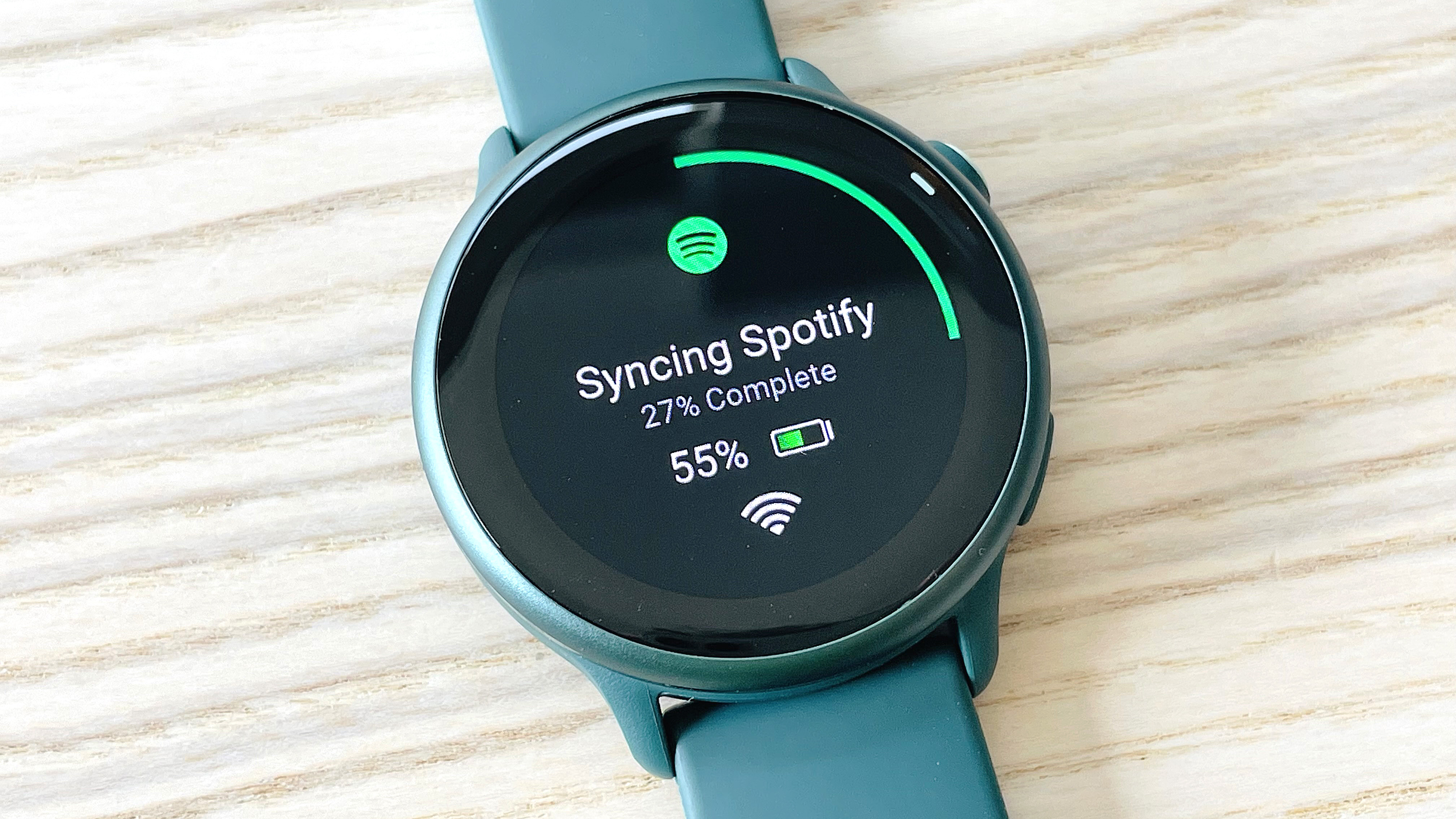
When it comes to safety, Garmin watches don't skimp. The Vivoactive 6 offers Incident Detection, which like Apple's Crash/Fall Detection, can be set to automatically contact loved ones or authorities if a hard fall or impact of some sort is registered. Users can also manually trigger the safety feature.
Additionally, the Vivoactive 6 has Garmin's LiveTrack function that lets you share a real-time location map via a link with trusted loved ones. This feature does require a paired smartphone with a cellular connection but it's perfect for folks like me who love to hike/explore solo, without causing my partner great distress. Thankfully, LiveTrack allows her to stay informed of my location at all times, providing much peace of mind.
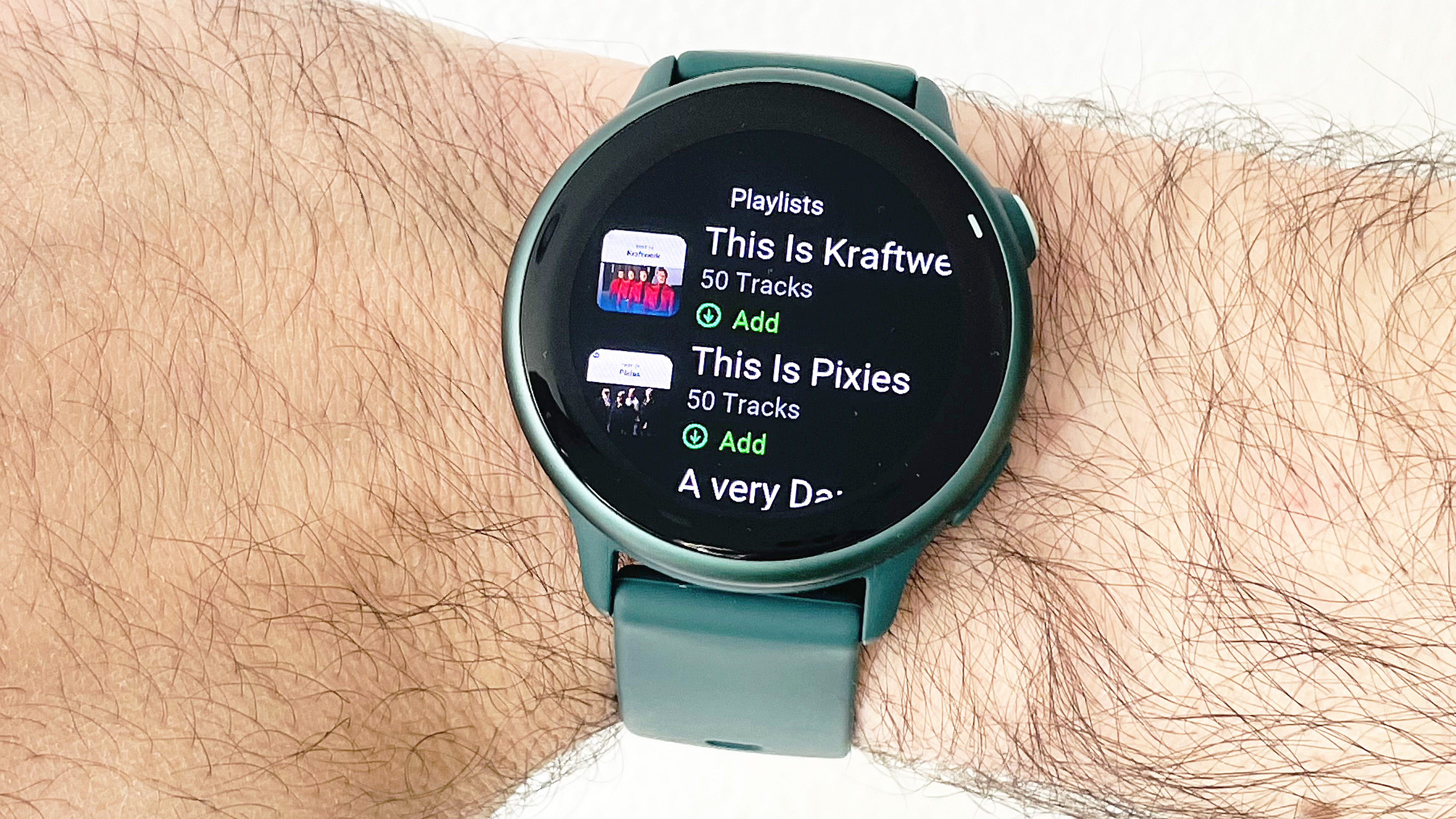
Like most modern Garmins, the Vivoactive 6 plays nicely with Android and iOS devices with mirrored notifications (something I tend to switch off for my sanity). However, with a tiny selection of third-party apps compared to the best Apple Watch models and best smartwatches for Android, you won't be able to scroll through TikTok or browse the web on the Vivoactive 6.
Smart features are also pretty limited, but you do get 8GB of onboard storage to save a whole lot of songs to the device (1,000 or more) for offline listening, no phone needed. This is a really nice perk for folks who love to jam out while working out without being weighed down by a clunky handheld.
Moreover, I was pleasantly surprised by how quick and easy it was to connect my Spotify account to my Garmin account and add songs. In this case, I downloaded the entire ‘Best of Kraftwerk’ playlist, which took roughly five minutes to transfer over to the watch.
Onboard GPS also means that you get location tracking data, no need to piggyback off of your smartphone's signal. And onboard NFC with support for Garmin Pay means you can leave your wallet behind, too. After all, who doesn't love to celebrate a hearty workout with a nice post-sweat treat?
Garmin Vivoactive 6: Battery life
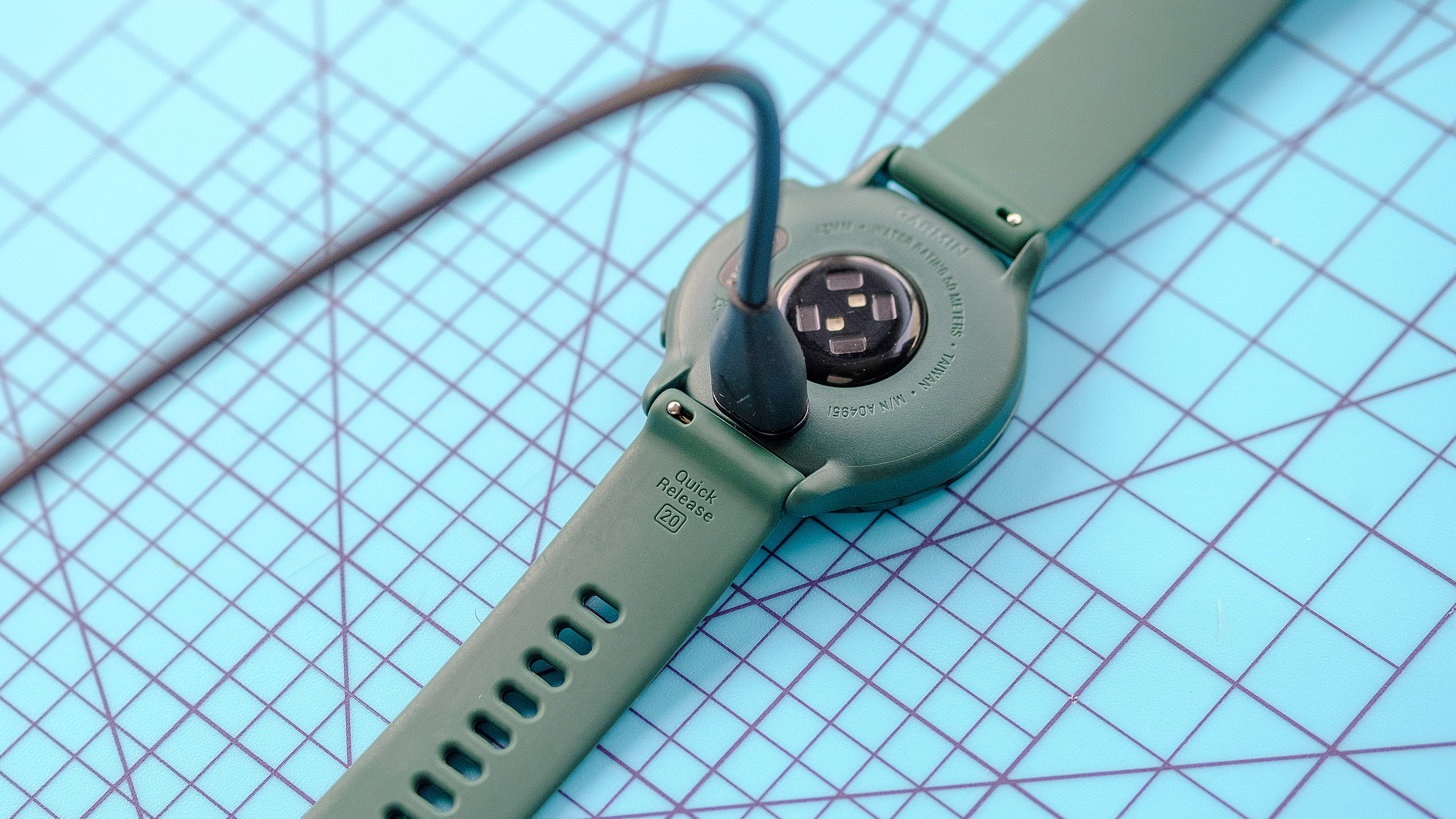
Garmin advertises that the Vivoactive 6 can last up to 11 days in smartwatch mode when not using the always-on display and between 17 and 21 hours when using GPS tracking to keep tabs on a workout or adventure.
In my testing, the Vivoactive 6 proved long-lasting, but didn't quite meet Garmin's billing. I averaged roughly seven days per charge under normal operating conditions, which is still very solid. This included wearing the watch nightly to track sleep and during most of the day. Additionally, while testing battery life, I sampled the various onboard wellness tools, like the Health Snapshot, and jammed out to a couple of hours of saved tunes.
When tracking a workout with GPS using the default settings, the Vivoactive 6 averaged 7% battery drain per hour, translating to roughly 14 hours of GPS battery life on a full charge. This is a little less than advertised, but still decent overall.
By comparison, many of the best full-featured smartwatches, like the Apple Watch SE and Galaxy Watch 7, last for just 24 hours in smartwatch mode and closer to 10 hours when tracking workouts with GPS.
Should you buy the Garmin Vivoactive 6?
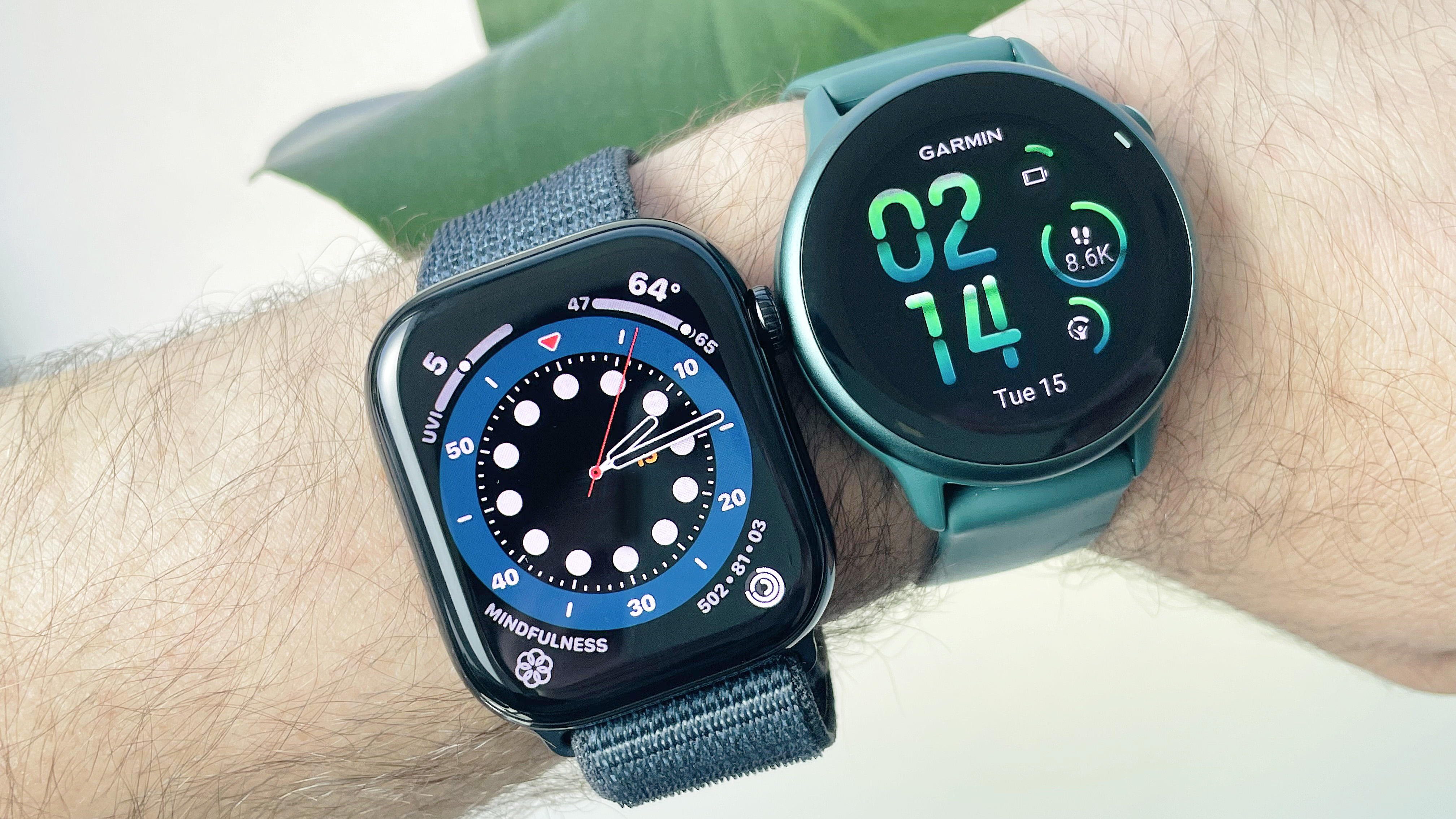
The Garmin Vivoactive 6 isn't designed for hardcore athletes or folks who want their smartwatch to be a substitute for their phone, with the ability to take calls, browse social and order a pizza. And that's okay.
There are already plenty of Garmin models better-suited to serve the former user, whether you're an ultramarathon runner or a triathlete; the Garmin Forerunner 965 comes to mind. For the connectivity-obsessed, one of the best Apple Watch models or smartwatches for Android will likely serve you better than any Garmin model.
For the rest of us who want a competent, comfortable, long-lasting fitness-focused smartwatch with reliable workout-tracking tech, useful training and recovery metrics, actionable sleep insights and just enough smart features to comfortably leave our phones behind when hitting the gym, the Garmin Vivoactive 6 makes a strong case for being on the wrist.
Plus, with Google winding down production of all Fitbit-branded smartwatch lines, the Vivoactive 6 is easily one of the best Fitbit alternatives you can buy today, especially if you're considering the Fitbit Versa 4 or Sense 2.

Dan Bracaglia is the Tom’s Guide editorial lead for all things smartwatches, fitness trackers and outdoor gear. With 15 years of experience as a consumer technology journalist testing everything from Oura Rings to instant cameras, Dan is deeply passionate about helping readers save money and make informed purchasing decisions. In the past year alone, Dan has assessed major product releases from the likes of Apple, Garmin, Google, Samsung, Polar and many others.
An avid outdoor adventurer, Dan is based in the U.S. Pacific Northwest where he takes advantage of the beautiful surroundings every chance he gets. A lover of kayaking, hiking, swimming, biking, snowboarding and exploring, he also makes every effort to combine his day job with his passions. When not assessing the sleep tracking and heart rate accuracy of the latest tach gadgets, you can find him photographing Seattle’s vibrant underground music community.
You must confirm your public display name before commenting
Please logout and then login again, you will then be prompted to enter your display name.
